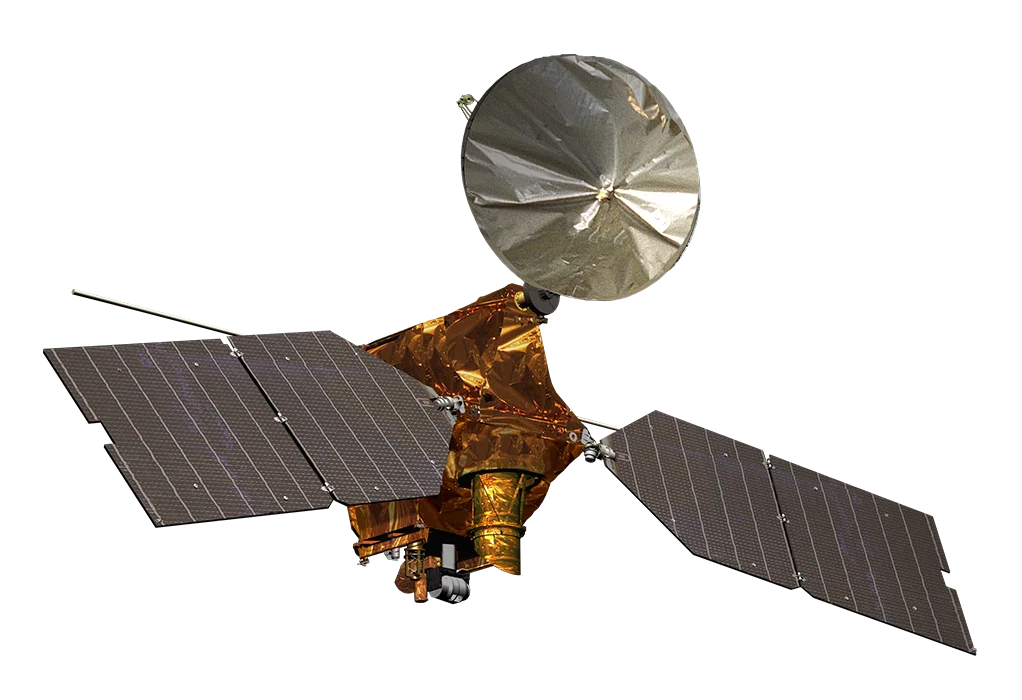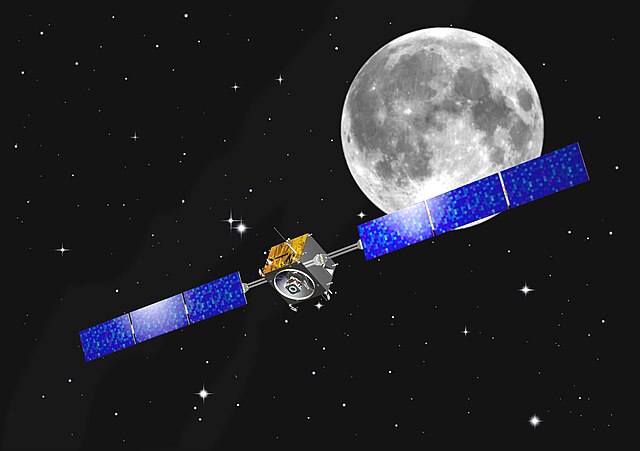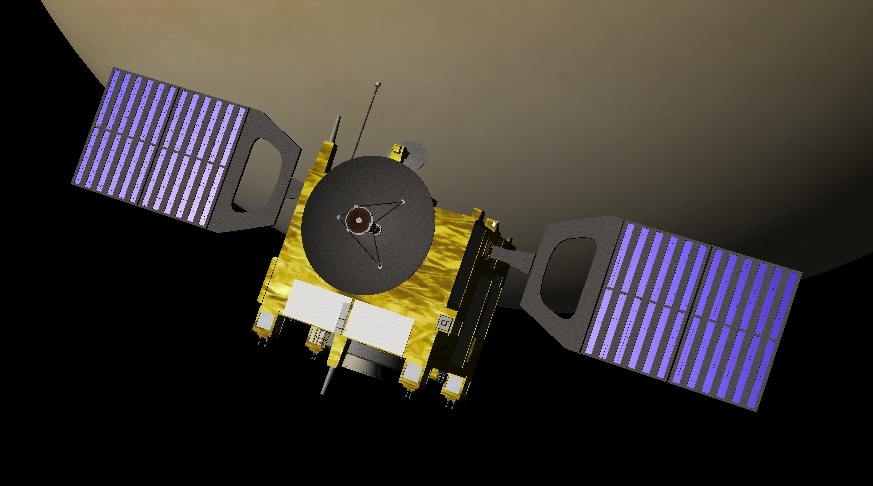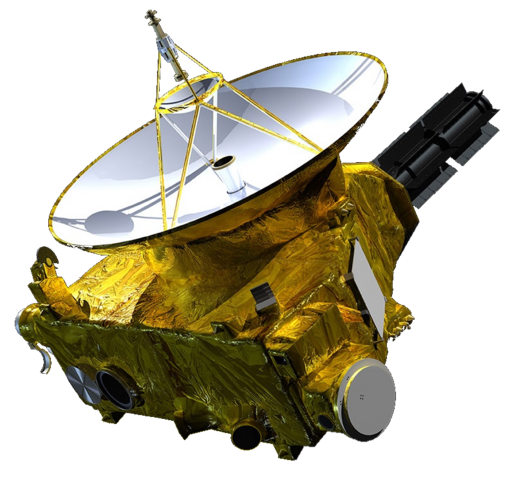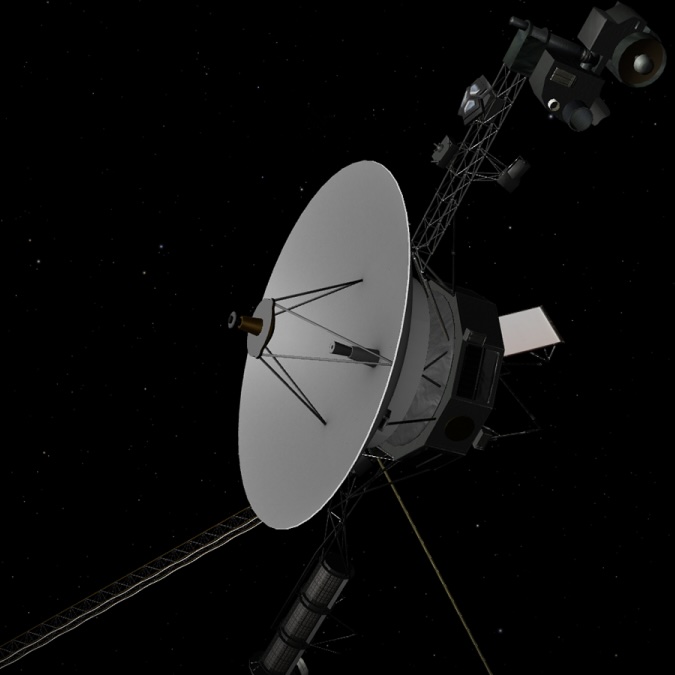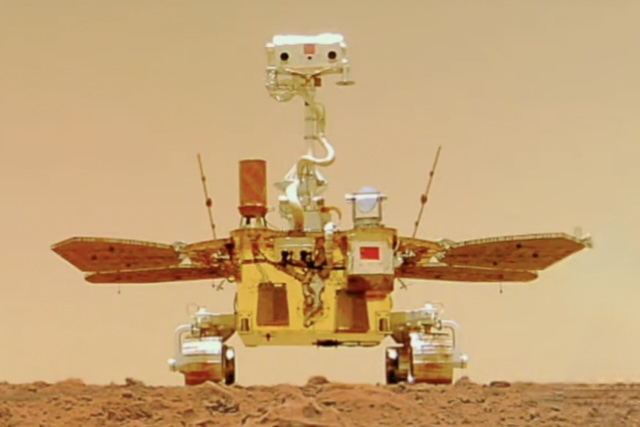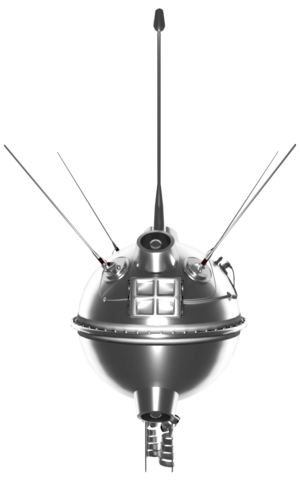1 day / second
0.5 AU
Deep Impact
Spacecraft
A NASA spacecraft that deliberately crashed an 820-pound copper impactor into comet Tempel 1 in 2005 to study the comet's composition, while its flyby spacecraft observed and photographed the resulting debris cloud.
Key Facts
organization | NASA |
orbital regime | Inner System |
learn more | Wikipedia |
launched | 2005-01-12 |
defunct | 2013-08-08 |
launch mass | 973 kg |
power | 92 watts |
Mission Timeline
Launched
January 12, 2005 at 18:47 UTC
9P/Tempel 1
Impactor
The Deep Impact spacecraft collided its 370kg copper-core impactor with comet Tempel 1 on July 4, 2005, creating a crater and ejecting subsurface material that revealed new details about cometary composition.
103P/Hartley 2
Flyby
Deep Impact performed a close flyby of comet Hartley 2 on November 4, 2010, approaching within 700 kilometers and capturing detailed images of the comet's unusual peanut-shaped nucleus.
Defunct
August 8, 2013 at 12:00 UTC
Deep Impact's mission ended unexpectedly when ground controllers lost contact with the spacecraft at 12:00 UTC on August 8, 2013, following eight successful years of comet observations and planetary science.
Other Spacecraft
